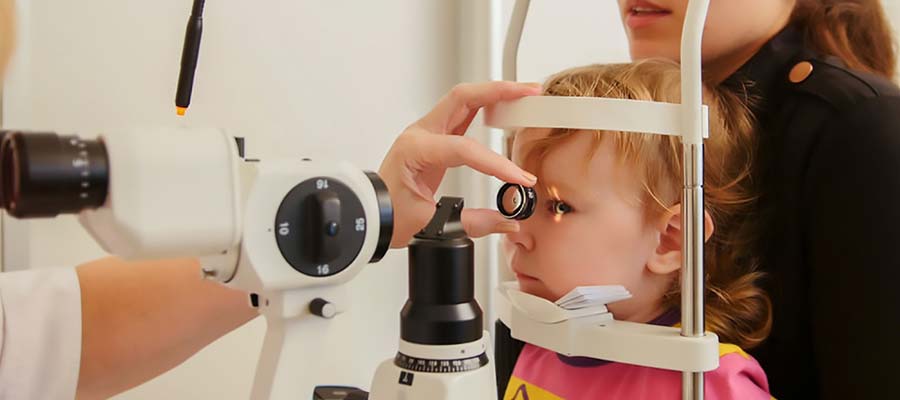Board Certified Eye Doctor Serving Miami Springs Florida
Are you looking for a board certified optometrist in Miami Springs, FL? Dr. Maria Briceno Martin at LakesEyeCare.Com would like to show you what it means to have an eye doctor that cares work for you
Are you looking for an experienced optometrist in or near Miami Springs, FL? If you are! There‘s a good chance that you will do what many of local residents in Miami Springs do! They go to the internet seeking the best eye doctor in Miami Springs. If you belong to this group it is imperative to highlight that many studies show that individuals looking for Optometrist more often than not end up with an inferior service than those whose ask for referrals from neighbors. This is because today many of Miami Springs eye doctor rely SEO companies to provide them with pay for reviews. One thing you cannot fake is credentials and that is what Dr. Maria Briceno Martin at Lakes Eyecare Center bring to the table. Families in both Dade and Broward County come to see her because they expect getting nothing but the best a eye doctor in Miami Springs, Florida can offer… …and if you have not see an optometrist lately may be you should.
Should You Have An Eye Test
If you want to maintain your eyes as healthy as is possible, you will need to spend time and money in regular eye tests. Below, we shall go over some points that you need to mull over when getting your eye exam; who you should see, and when it needs to be done. Following are some facts to consider.
- Family Health History – One of the more essential things that you should consider if you are deciding if you should get an eye exam and which kind of eye test, will be your family history. You want to add in your individual health history while you are figuring out whether or not to obtain one because lots of eye diseases and conditions can be passed from genetation to generation. If your family has a record of eye diseases, you are at increased risk for one.
- Problems Seeing – When you are experiencing difficulty seeing, whether it’s daytime or nighttime, you must get an eye exam completed. That way, you will be able to understand what has caused your vision to be blurry. This is something you should be taking very seriously mainly because it could become worst if left unattended.
- Your Age – The older you happen to be, the greater the chances you are going to have some eye problems which should be resolved.While more and more youngsters are discovering their vision failing whether due to the over use of technology devices or something else, you are definitely going to want to visit the eye doctor much more frequently as you get older. Folks who are 18 to 60 should have at least one eye text every 2 years. While, those that are 61 and older should have an annual eye exam.
- Previous Eye Injuries – One more major thing that you want to think over when it comes to figuring out whether it is worth getting a test is whether you have a past of eye injuries that might make you susceptible to eye degeneration.
Who Must You Seek Help From?
There are actually different kinds of eye care specialists that you could select from. Below, we will be laying out ways to figuring out the person you should see.
- Optometrists – He or She is usually who you need to go to if you have moderately healthy eyesight and you only need simple alterations and modifications like glasses, contact lenses, and more. He/She will probably be able to treating eye diseases too, however they may not normally be trained or licensed to perform surgery.
- Ophthalmologists – These are medical doctors specializing in specific eye care and are licensed and trained to conduct eye surgery of a particular nature. They may also be better suited to help remedy many types of eye diseases and conditions.
- Opticians – Opticians usually are not medical doctors. They may be eye care professionals who have been taught to fitting glasses.
Overall, there is a lot you should be considering when you are planning to have your eyes checked out. Ideally, you want to get them checked out routinely and every so often. In case you are someone with a specific condition or perhaps you are at higher risk for a specific worstening eye condition, you will want to increase your visits and be much more frequent. when it is all said and done we only have one set of eyes and it is important that we take care of it… For more information about how can an optometrist help you visit at our blog where we discuss thing like Laser Eye Surgery. And if you haven’t gone to see your Miami Springs eye doctor this year give us a call at (305) 456-7313. We will love to show you why people who seek the best eye doctor in Miami Springs do not settle for less!


